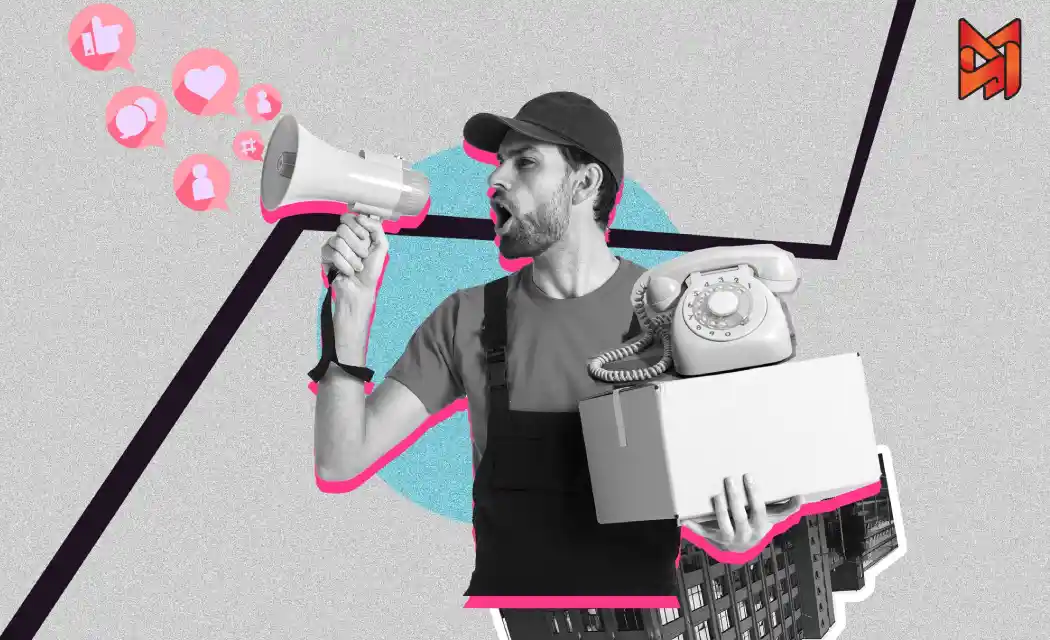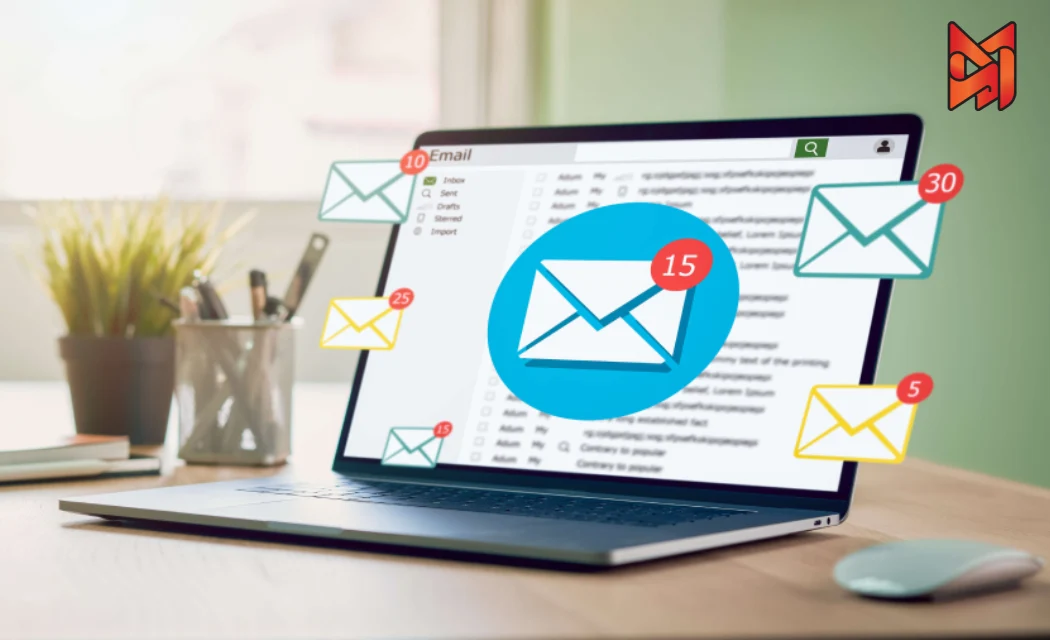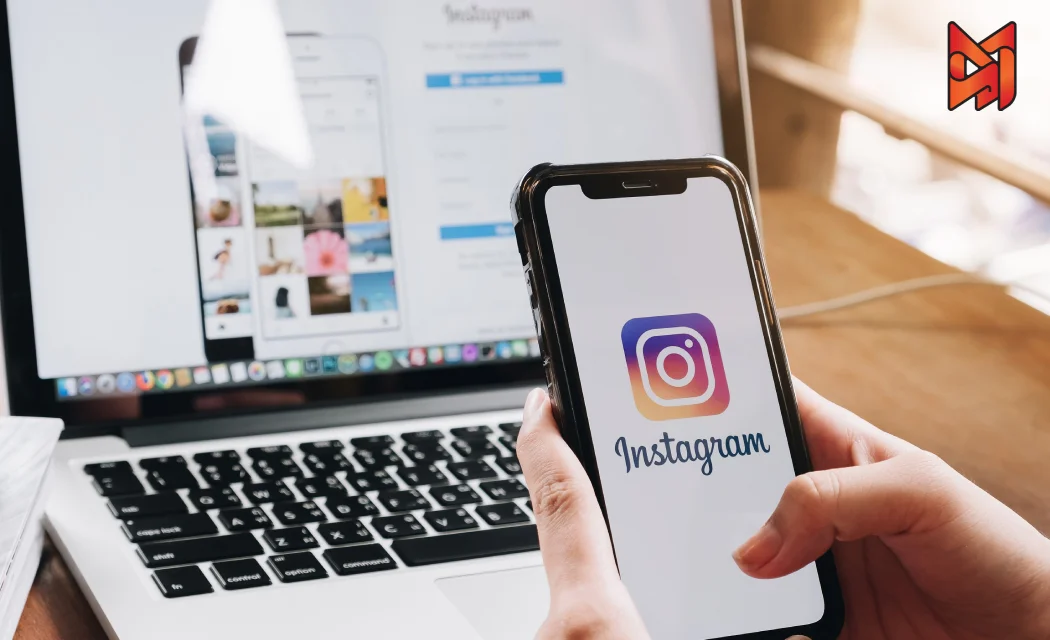In this article, we will explore outbound marketing, its advantages and disadvantages, and the tools that can assist you along the way. Whether you’re a business owner, a marketer, or just curious, this guide will help you decide if outbound marketing is proper for you in 2025 and beyond.
What Is Outbound Marketing?
Outbound marketing is a traditional form of marketing where businesses actively seek out customers using various methods, such as sending them messages or calling them and encouraging them to purchase their products or services. Think of it as “pushing” your message out to the world—whether people asked for it or not! In outbound marketing, a company’s products or services quickly spread by word of mouth and gain recognition. Examples? Cold calls, TV ads, or those flyers you get in the mail.
Outbound vs. Inbound Marketing: What’s the Real Difference?
As we mentioned, outbound marketing is used when companies step outside their business to introduce their products and services to their audience and offer them externally. It’s proactive—you’re chasing the customer. However, inbound marketing refers to a situation where customers seek out a specific product or service based on their own needs and desires. In this case, if a customer or audience becomes interested in the product, they purchase it. It’s like “pulling” customers in with value—like blogs, social media posts, or SEO.
For example, with inbound marketing, you might produce content or use social media tactics to get your brand name out there and make it well-known, after which customers, based on their interests and desires, decide to buy your product or service. Inbound marketing is the opposite of outbound marketing. Typically, the costs of outbound marketing are higher than those of inbound marketing. On the other hand, by adopting inbound marketing strategies, it’s easier to track results and identify better marketing approaches. Why? In inbound marketing, the audience comes to you, and you can create content that fits their needs. You also know that these individuals are higher-quality leads—people already interested in what you offer.
Quick Comparison Table for Clarity:
| Aspect | Outbound Marketing | Inbound Marketing |
| Approach | Push (you reach out) | Pull (they come to you) |
| Cost | Higher (ads, calls, etc.) | Lower (content, SEO) |
| Lead Quality | Mixed (cold leads) | Higher (warm leads) |
| Measurability | Harder to track ROI | Easier with analytics |
Is Outbound Marketing Still Worth It in 2025?
With the daily expansion of internet usage, social media, and advanced technologies, it seems that the use of outbound marketing strategies is declining day by day. This is because the widespread use of the internet has significantly impacted everyone’s lives, causing people to search online to meet their needs. Google searches like “best tools for small business” or “how to grow my brand” are now the norm.
However, many businesses still prefer to invest the majority of their capital in outbound marketing. Of course, sometimes there’s no other choice, and you have to market directly using outbound methods—like launching a new product fast.
Companies and businesses that want to build a reputation and make their name known among competitors—considering that the goal of outbound marketing is to generate potential customers—prefer to use this type of strategy to achieve their objectives. For instance, a startup might use TV ads to get instant visibility.
If you want to learn more about what is online marketing, read our article on this topic.
However, it’s worth noting that every business has its own specific circumstances. For example, a local restaurant might find it more effective to attract customers by distributing flyers in the neighborhood rather than engaging on social media.
But here’s the catch—outbound marketing is increasingly becoming obsolete for two reasons:
- 1. Blocking is Easy: The ways to counter or ignore these methods have multiplied. For example, people immediately block or delete promotional text messages, or they throw away advertising flyers without a second thought. Have you ever used a spam filter or “Do Not Call” list? That’s why!
- 2. Online Convenience Wins: Online searching has made many tasks easier and more cost-effective. People prefer to search the internet or attend an online class rather than participate in a seminar or workshop.
Despite all the advantages and disadvantages of outbound marketing, it seems that many businesses need to operate in a way that incorporates both outbound and inbound marketing strategies into their plans. Why? Because inbound marketing helps fuel your business by attracting new potential customers, while outbound marketing helps keep your existing customers loyal to your brand. But it’s not perfect—here are some downsides:
- Measuring the return on investment (ROI) is very difficult. Did that billboard really bring in sales?
- Methods to block advertisements have become widespread (e.g., Caller ID or blocking nuisance numbers).
- It involves high costs with low returns—think thousands spent on ads with only a handful of conversions.
Top Tools for Outbound Marketing
Outbound marketing tools are all traditional methods that have been used for a long time. These include:
- Seminars or business meetings: Host a live event to pitch your product.
- Promotional text messages: Bulk SMS campaigns to local numbers.
- Telemarketing: Cold-calling potential clients.
- Door-to-door marketing: Knocking on doors with a smile!
- Spam emails: Mass emails (though risky due to spam filters).
- Television or radio advertisements: Big-budget commercials.
- Print ads like brochures and catalogs: Hand them out at events.
- Newspaper advertisements: Local papers still have readers.
- Ads on pens, calendars, or memory cards: Branded giveaways.
2025 Tip: Combine these with tech—e.g., use QR codes on flyers linking to your site or track SMS opens with analytics tools.
Outbound Marketing Techniques That Still Work
Want to make outbound marketing effective today? Try these:
- Target Smarter: Use data to call only people likely to buy (e.g., past customers).
- Personalize: Add a name to that email or flyer—it’s not 1990 anymore!
- Mix with Digital: Pair a TV ad with a hashtag for social media buzz.

How to Shift from Outbound to Inbound Marketing
Wouldn’t it be better if, instead of chasing customers, they came looking for you and your brand? By adopting an inbound marketing strategy, you’re essentially choosing to let customers find you and search for you. To shift from outbound to inbound marketing, all you need is:
- A Website: Make it fast, mobile-friendly, and packed with value (Google loves this).
- Focus on Search Engines: Optimize for keywords like “best [your product] in 2025” to have a page rank on Google.
- Social Media Activity: Post tips, reels, or stories on platforms like Instagram or LinkedIn.
- Content Creation: Write blogs, make videos, or offer free guides—think “How to Solve [Customer Problem].”
Example: A bakery could stop handing out flyers and instead post “Top 5 Cake Recipes” online, driving traffic to their order page.
Outbound or Inbound—What’s Your Move?
Outbound marketing means you pursue the customer, while inbound marketing means the audience comes to you based on their needs. As we’ve discussed, both outbound and inbound marketing have advantages and disadvantages.
On one hand, adopting both marketing strategies seems reasonable—use outbound for quick awareness and inbound for long-term growth. On the other hand, focusing more on inbound marketing strategies appears more logical, given the growing use of digital spaces in 2025. Why? Inbound marketing is the most effective way to increase visitors, potential customers, and buyers, saving you time, money, and effort.
Your business deserves a strategy that works—start experimenting today! At Dimarketo, we focus on your goals to achieve success. Our services include content marketing, SEO, conversion rate optimization, performance marketing, google ads management, and social media management, if you need any of these services, contact us today.






